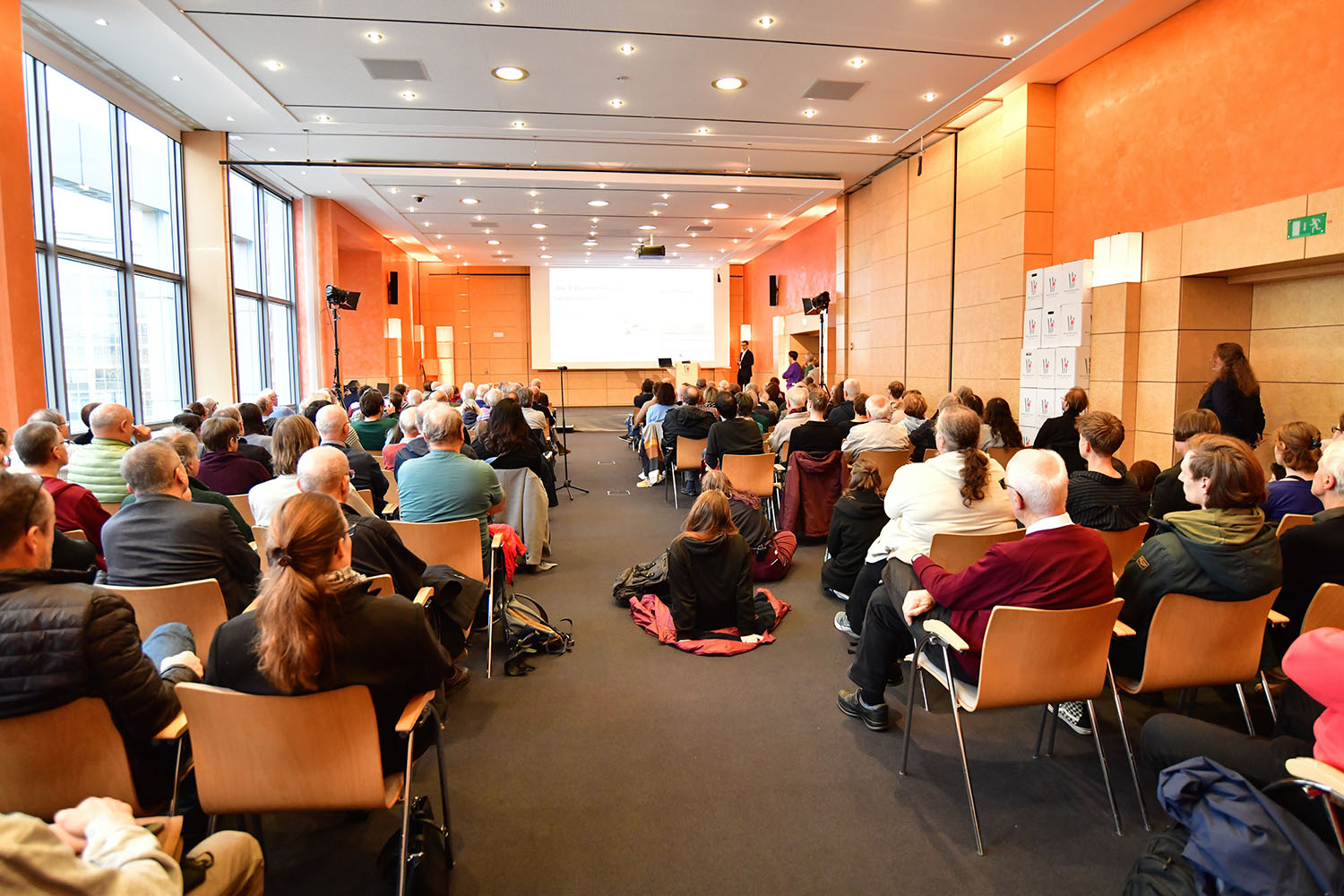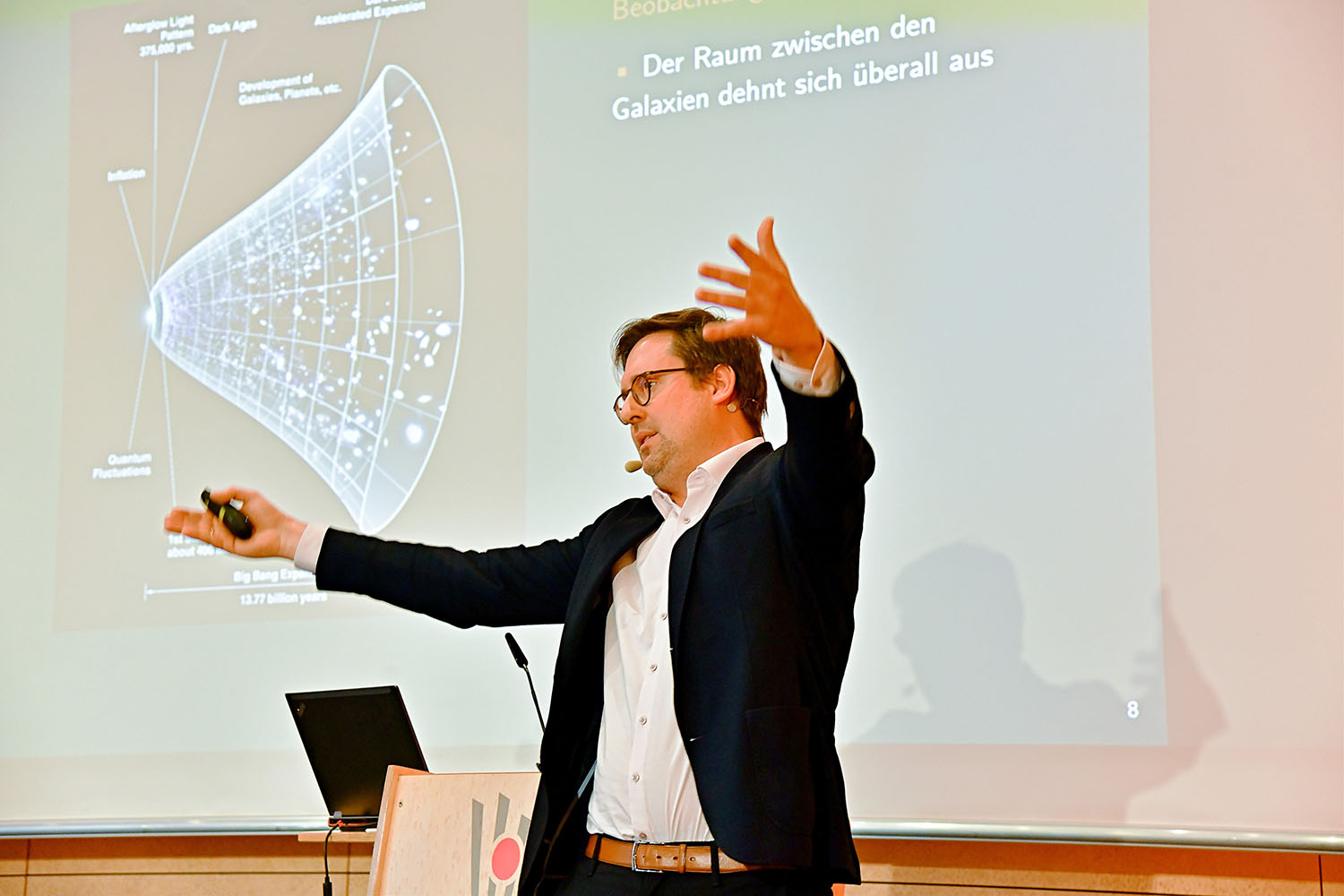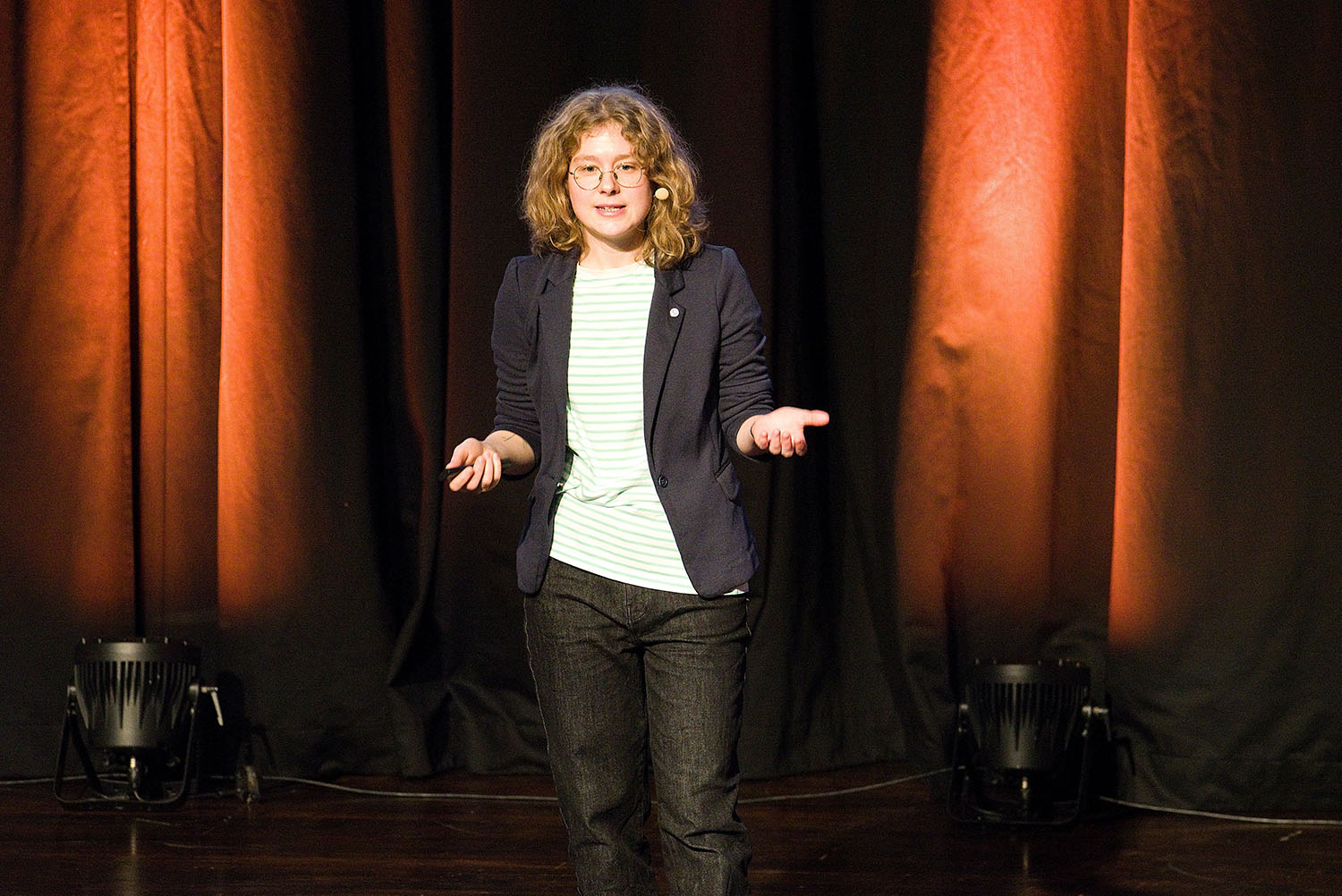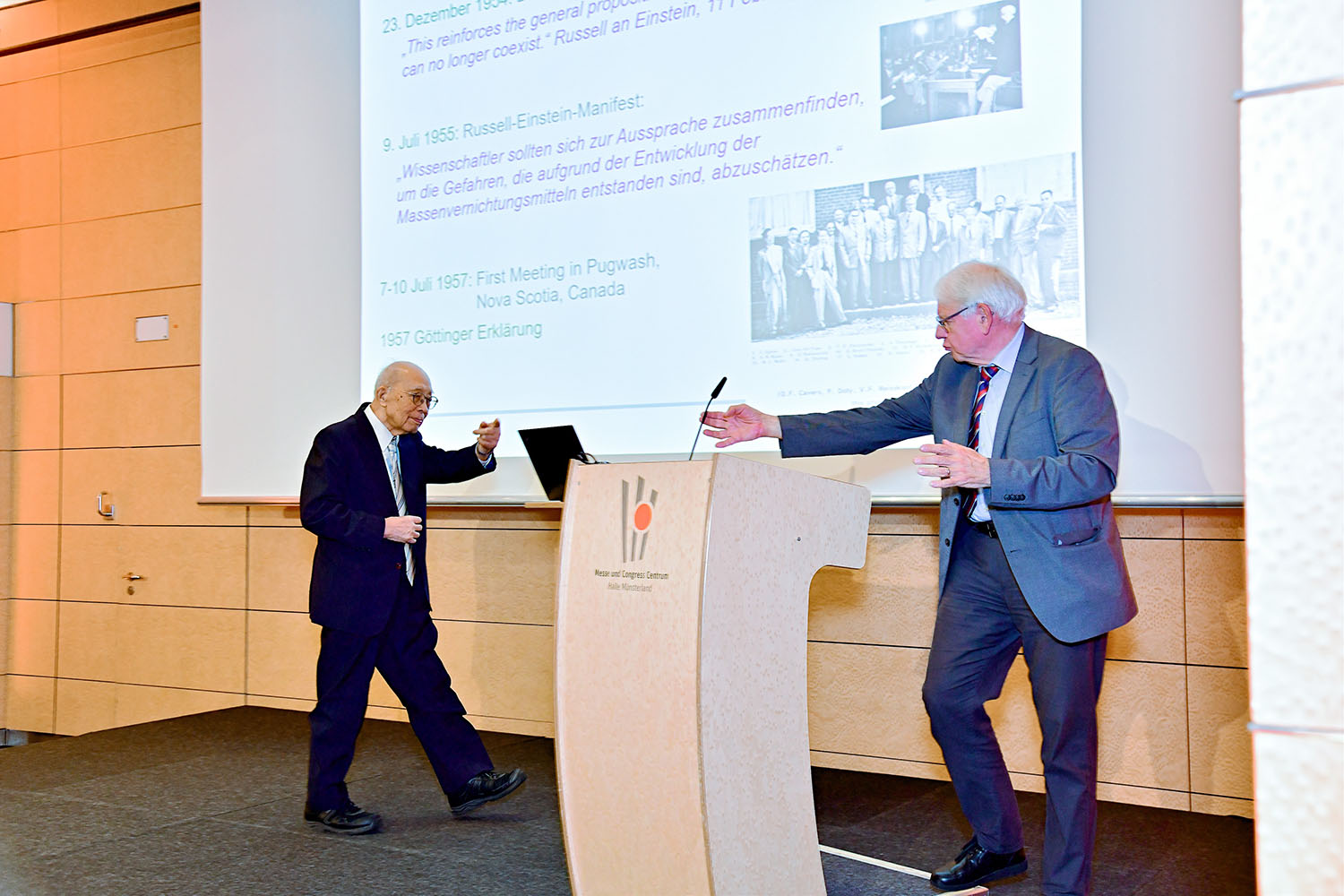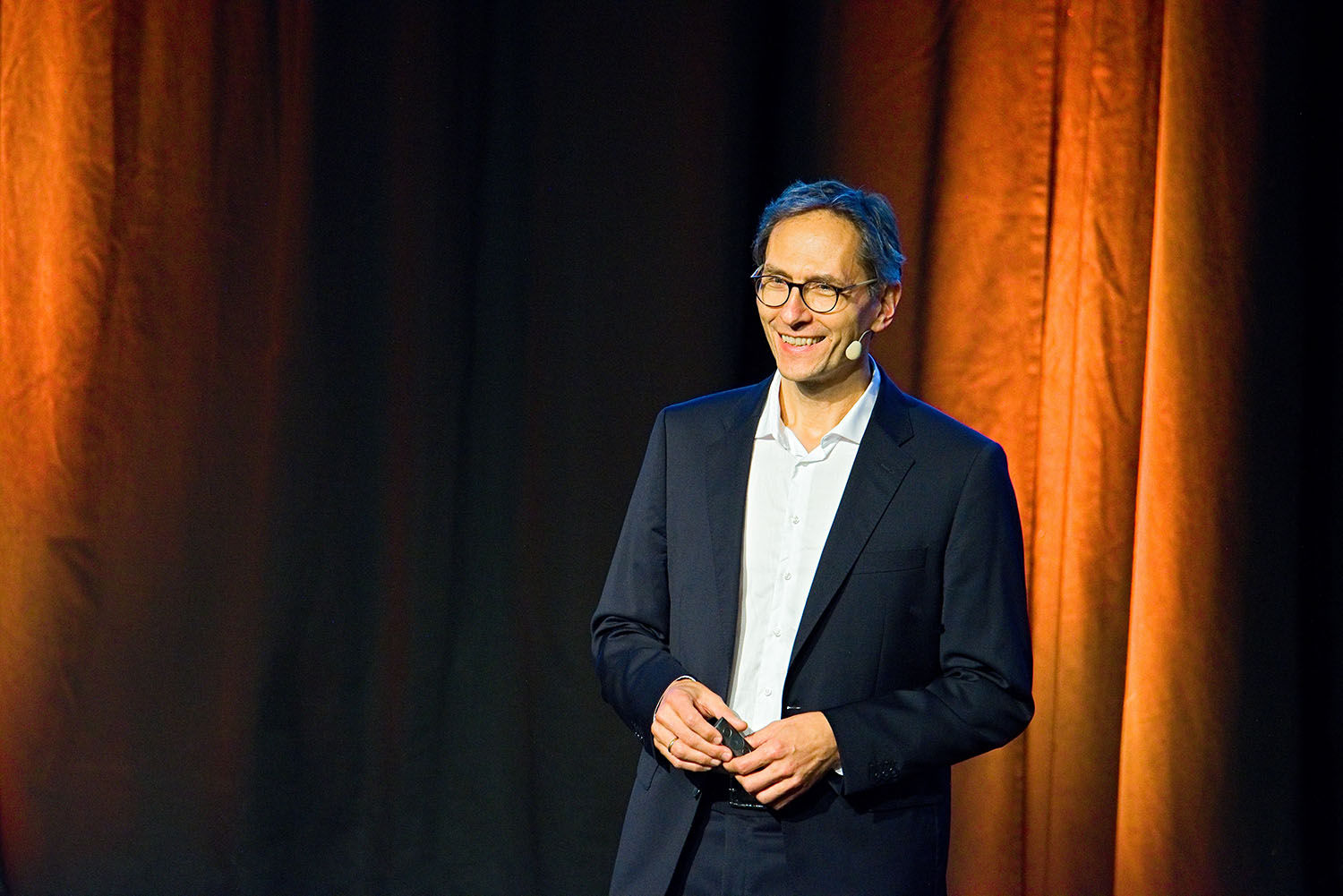Quantum computers and quantum internet: New possibilities for computation and communication
Prof. Dr. Carsten Schuck | Universität Münster
Quantum technology promises groundbreaking advances in communication, computer and sensor technology. But what is behind quantum computers, quantum cryptography and entangled particles? We will look at the phenomena of the quantum world that allow us to fundamentally push the boundaries of what computers can calculate and encrypt data securely in completely new ways. After 100 years of research, we are on the cusp of a quantum revolution that is increasingly reaching our society. Today, modern technologies allow us to control the quantum properties of individual photons, atoms or superconducting circuits so well that we can process information in quantum computers in new ways and even want to network them in a quantum internet in the future. We take a look at today's quantum processors and emerging quantum network connections that open up exciting possibilities for science and technology.
